A responsive electrochromic ETFE foil cushion

Figure 1. A scheme of an electrochromic device, as described in (Granqvist 2005)
What if building facades were soft, organic objects, whose color and opacity changed in response to human touch?
I want to attempt a response
to this question by merging three technologies into a single architectural component, (1) architecture-grade ethylenetetrafluoroethulene (ETFE) cushions,
(2) electrochromic films “smart windows,” and (3) low-voltage, high sensitivity
pressure sensors linked to a network of micro controllers to create a soft, translucent facade element that changes opacity when touched. I've been wanting to implement this project since my first year at MIT, but lack knowledge of key areas; the project mixes different existing technologies, is theoretically possible (I think!), but has never been prototyped. I have, however, done some basic research on the potential components:
The following sketches show how I think an architectural component could integrate the ETFE cushion, the air-pressure sensors, and the electrochromic film.
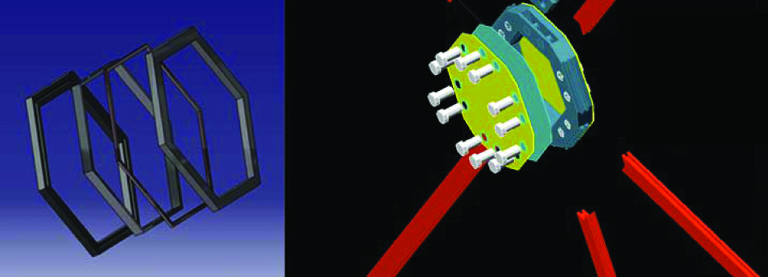
Figure 2. An idea for the assembly
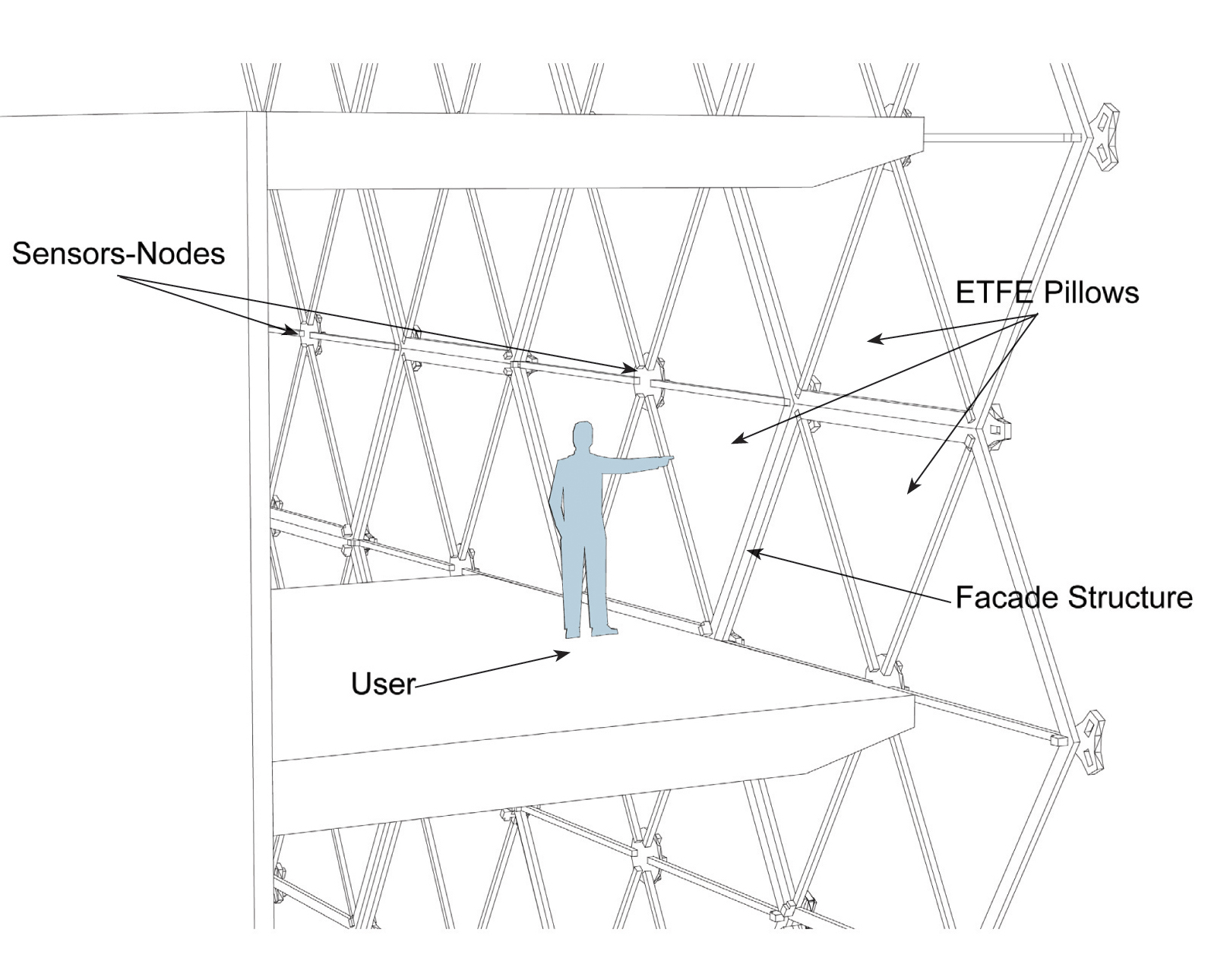
Figure 3. A system like this would be an interesting 'tangible' facade. For the final prototype, a set of 3 functional cushions would effectively prove the concept.
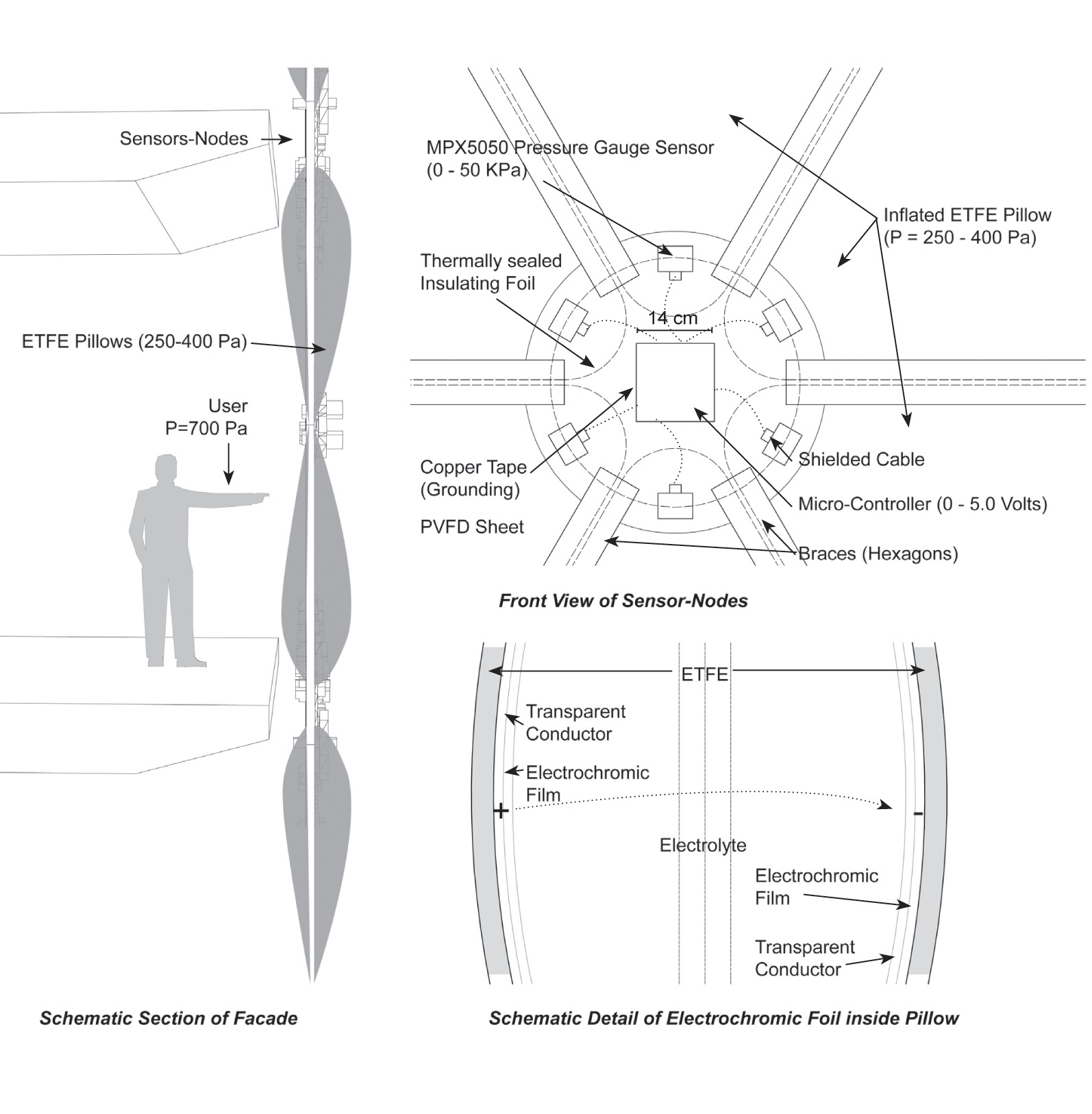
Figure 4. Schematic section of the facade, detail and
front view of a sensor’s node
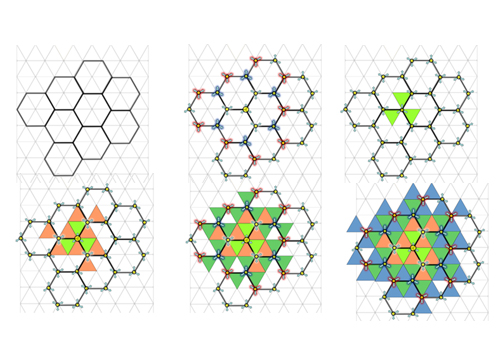
Figure 5. The local behavior could be overriden sometimes to create nice patterns of transparency, or color?
If accepted into the class I will make some videos exploring the system and the visual patterns of the facade.
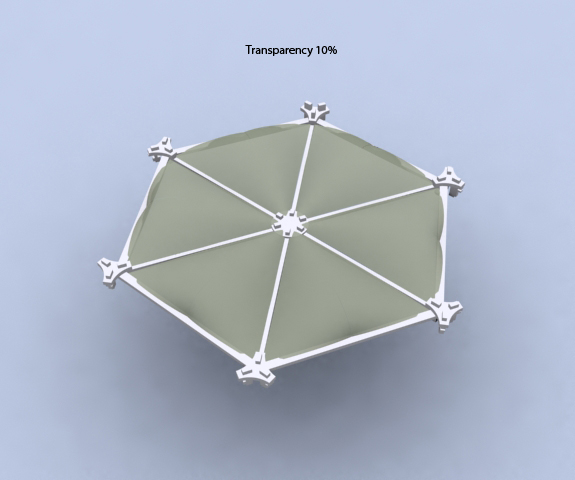


One of the kexagons with the pillows, showing transparency change.
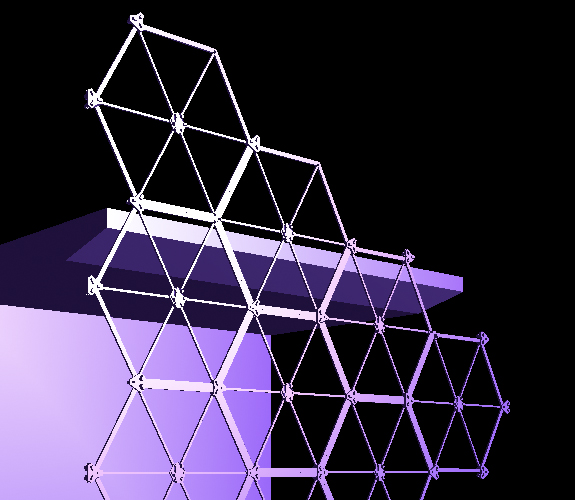
I wanted to simulate transparency patterns in the facade. I wrote an OBJ parser in c++ and displayed it uisng OpenGL. But I underestiated the task. I didn't get to program any behavior in the facade. |